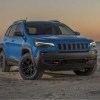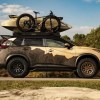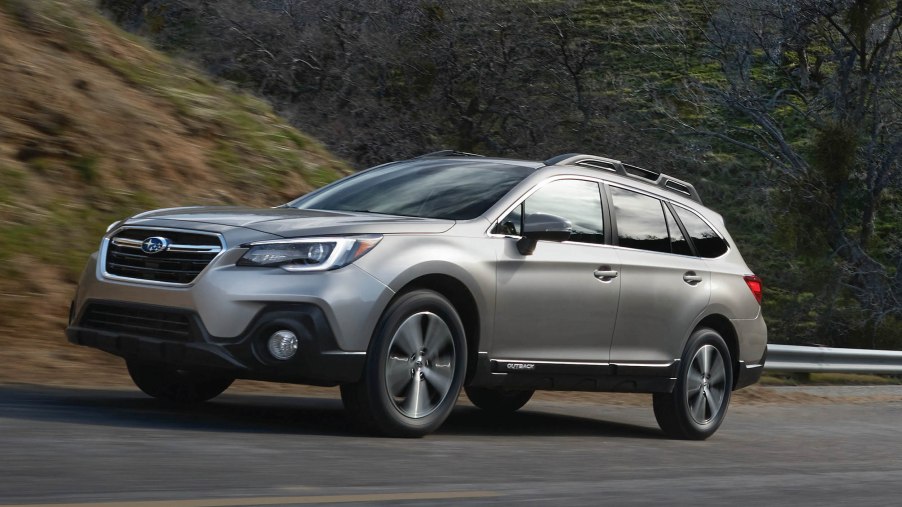
Battery Problems Are Trending for Subaru Outback Models
Subaru owners have lauded the Outback for its rugged dependability. Outbacks are built to carry families comfortably over rough terrain and are bolstered by state-of-the-art technology to ensure owner safety. However, as vehicles take on more electrical assistance to maintain creature comforts, security systems, and driver operation, they risk causing more problems. Unfortunately, many owners of 2018 and 2021 model year Subaru Outbacks are victims of car battery problems and allegedly poor electrical systems. Read on to learn more about these Subaru Outback complaints…
The 2018 Subaru Outback has car battery problems
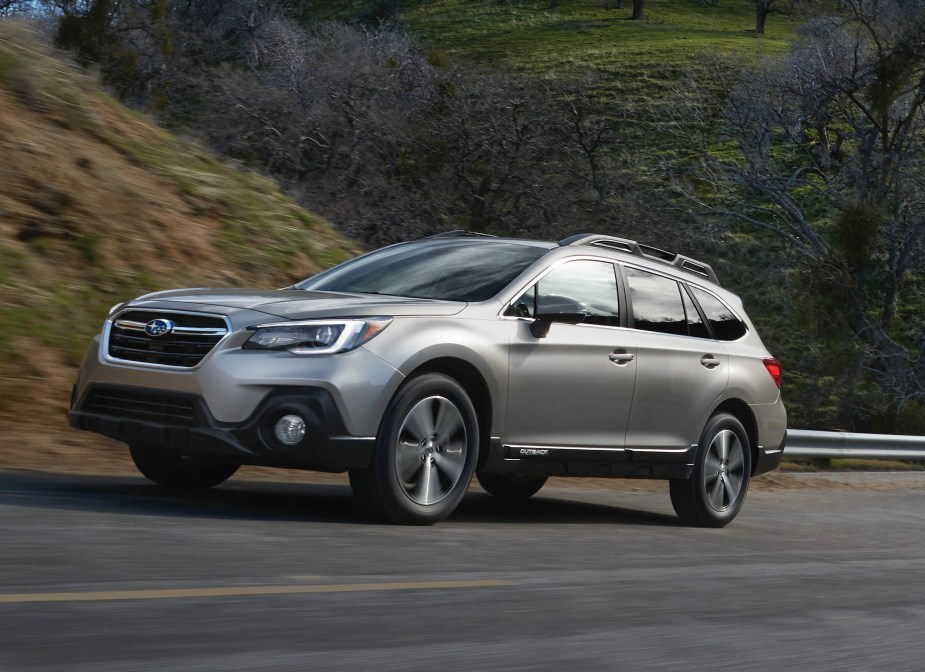
At least 43 Subaru Outback complaints have been filed on CarComplaints.com, with the average mileage on consumer cars at just 16,750 miles when problems arise, leading to an average repair cost of $160. Owners of the 2018 Subaru Outback state there is a battery drain, sometimes causing owners to go through multiple car batteries in one month.
One complaint states that when doors or the hatch is left open, a drain is caused by the interior lights. Others say leaving the car unused for days causes battery discharge.
The 2021 Subaru Outback shares similar complaints
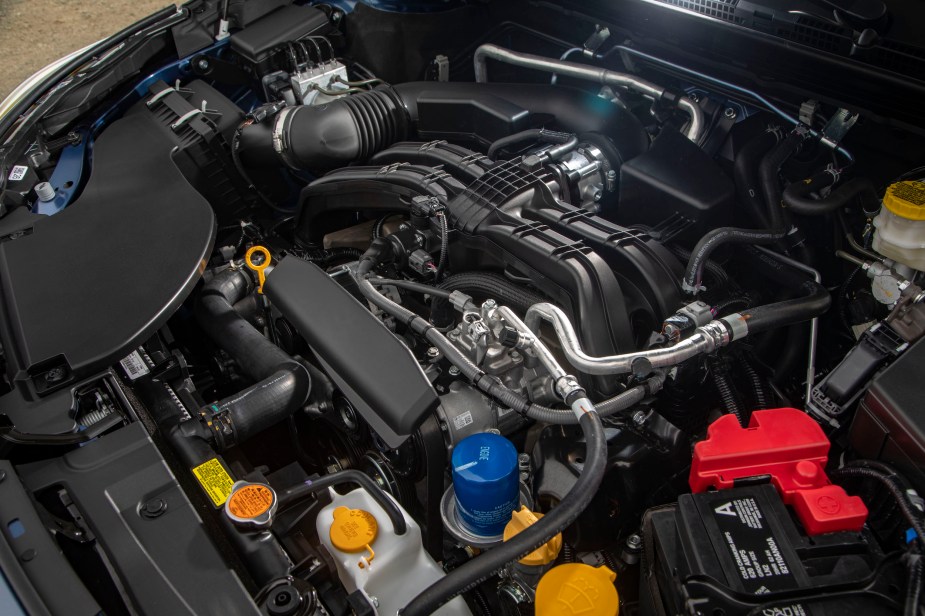
At least 10 Subaru Outback complaints listed on CarComplaints.com suggest similar issues in the 2021 model. Yet, problems arise with consumer cars after an average of only 5,750 miles, leading to an average repair cost of $190, which is typically a battery replacement.
However, as seen in the 2018 model year Outback, replacing the battery is a temporary fix. One consumer stated they had replaced their battery over a dozen times in a year and a half of ownership.
Subaru has been aware of battery and electrical problems for years
Multiple class-action lawsuits contend that Subaru has known about electrical problems in their vehicles since 2014. Owners have constantly struggled with car battery problems in the following models, according to Subaru Complaints:
- 2019-2020 Ascent
- 2015-2020 Forester
- 2015-2020 Legacy
- 2015-2020 Outback
- 2015-2020 WRX
The batteries are reportedly not defective but underpowered and cannot handle the required electrical load. Instead, a parasitic drain is caused by the vehicle’s Controller Area Network (CAN) system. This module assists in the communication of the vehicle’s electrical actuators, microcontrollers, and sensors.
Although the system is sufficiently powered when the engine is running, when the car is turned off, the system allegedly doesn’t enter a proper sleep mode or has software errors that prevent the vehicle from conserving power.
Class-action lawsuits against Subaru
In April 2020, the cases Tomasian et al., v. Subaru of America, Inc., and Dalen et al., v. Subaru of America, Inc. were filed to dispute issues involving the CAN Systems in 2016-2020 Subaru Outbacks and 2019-2020 Subaru Ascent SUVs. The cases were consolidated in May 2021 and partially dismissed by the U.S. District Court for the District of New Jersey because “some of the plaintiffs do not allege their vehicles continued to have problems once Subaru made repairs,” according to court filings.
Subaru argued that the manufacturer warranty covers “defective materials or workmanship,” not design defects. Judge Joseph H. Rodriguez explained that “the Court cannot decide as a matter of law that these ‘software errors’ result from a design defect rather than an error in implementing an otherwise functional design.”
What should Outback owners do?
Although Subaru has replaced affected batteries, new units with the same capacities will not work in the long term. Even though past class-action lawsuits have failed to provide customers total relief, there are still things you can do to remedy these Subaru Outback complaints:
- File a complaint with CarComplaints.com. Law firms use the site to build class-action cases to review mass consumer complaints.
- Notify the Center for Auto Safety (CAS). The organization lobbies the federal government to compel manufacturers to address customer problems.
- Report problems to The National Highway Traffic Safety Administration (NHTSA). This federal agency has the authority to launch investigations and recalls on safety-related issues.
